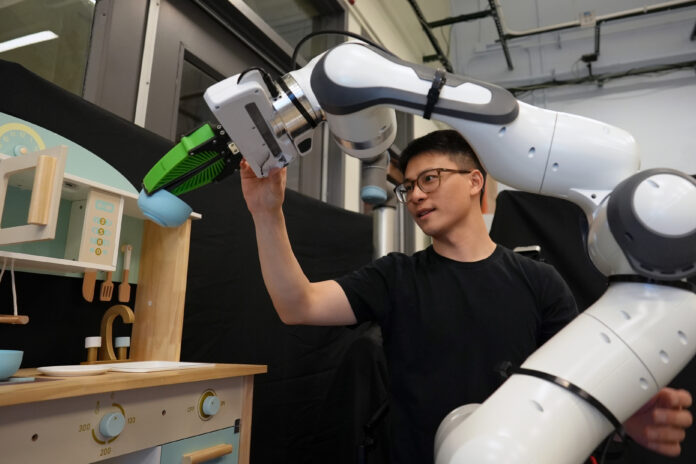Mitigating Misalignment: A New Framework for Correcting Robot Behavior
Imagine a World Where Robots Can Be Easily Trained to Perform Household Tasks
Have you ever wished that your robot could help you with household chores? Imagine being able to ask a robot to grab a soapy bowl out of the sink, but its gripper slightly misses the mark. With a new framework developed by MIT and NVIDIA researchers, you could correct that robot’s behavior with simple interactions.
The Challenge: Correcting Robot Behavior Without Relying on Retraining
Recently, researchers have begun using pre-trained generative AI models to learn a "policy," or a set of rules, that a robot follows to complete an action. However, these models can fail to align with a user’s intent in the real world. To overcome these failures, engineers typically collect data demonstrating the new task and re-train the generative model, a costly and time-consuming process that requires machine-learning expertise.
The Solution: A New Framework for Correcting Robot Behavior
The MIT researchers have developed a new framework that allows users to steer the robot’s behavior during deployment when it makes a mistake. This framework provides users with three intuitive ways to correct the robot’s behavior:
- Point to the object they want the robot to manipulate in an interface that shows its camera view.
- Trace a trajectory in that interface, allowing them to specify how they want the robot to reach the object.
- Physically move the robot’s arm in the direction they want it to follow.
How It Works: Sampling for Success
To ensure these interactions don’t cause the robot to choose an invalid action, the researchers use a specific sampling procedure. This technique lets the model choose an action from the set of valid actions that most closely aligns with the user’s goal.
The Results: A Higher Success Rate
The researchers tested their framework and found that its success rate was 21 percent higher than an alternative method that did not leverage human interventions. This means that with this new framework, users can more easily guide a factory-trained robot to perform a wide variety of household tasks, even if the robot has never seen their home or the objects in it.
Conclusion
The new framework for correcting robot behavior offers users an intuitive and efficient way to guide a robot to perform tasks that align with their goals. By providing users with three ways to correct the robot’s behavior and using a specific sampling procedure, the researchers have developed a method that can outperform other methods in simulations and experiments. As the researchers continue to refine their framework, they hope to boost the speed of the sampling procedure while maintaining or improving its performance, and experiment with robot policy generation in novel environments.

